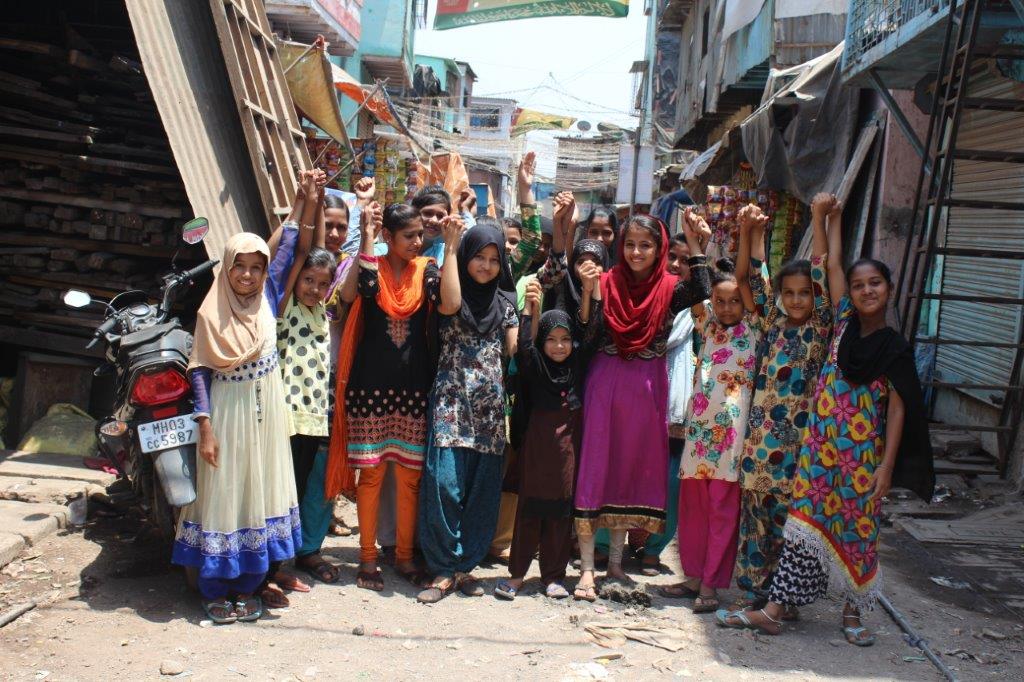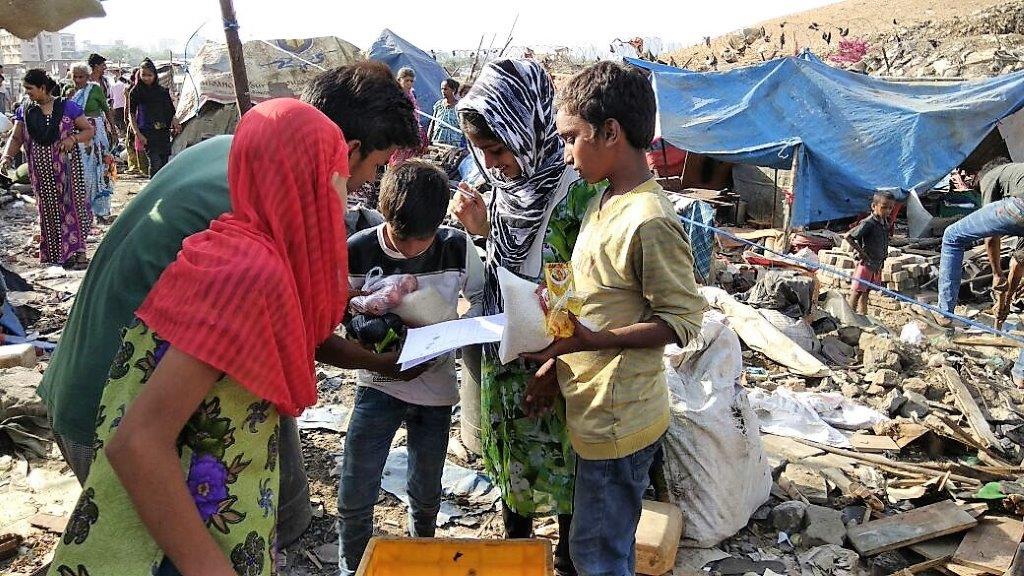“I did not know what I was doing or feeling when I was under the influence. It helped keep the hunger at bay, and that was most important to me at that time.”
Indrasing’s formative years were spent watching his alcoholic father beat his mother. He grew up in such abject poverty that there would be no food in the house for days together.
During this vulnerable period, he came in contact with a group of kids who were all ‘gutka’ (tobacco) addicts, fell under their influence and became addicted to it.
“I did not know what I was doing or feeling when I was under the influence. It helped keep the hunger at bay, and that was most important to me at that time,” he recounts.
How many Indrasings do we see in our daily lives? While most of us find it easy to dismiss such children as ‘addicts’, we have to keep in mind the realities of their world. Not all issues are simple. Least of all malnutrition in India.
Malnutrition is a massive problem in India. According to the Global Nutrition Report 2017, 38 per cent of Indian children under 5 are stunted.
Tackling malnutrition one step at a time
21 per cent of children under 5 have been defined as ‘wasted’ or ‘severely wasted’. In such a situation, the need to drive away the hunger pangs becomes an all-consuming need. And such needs are sometimes suppressed by addiction.
As was the case with Indrasing. He would spend days roaming Mumbai aimlessly trying to find means and ways in which he could feed his addiction.
On one such day, when he was out, he met a field worker who started interacting with him. While Indrasing resisted the efforts initially, after a lot of persistence and patience shown by the field worker, Indrasing started opening up to him. And that changed his life.
He now works with the organisation but recalls the moment that everything changed.
He said, “One day, there was a lot of commotion in my neighbourhood when I was returning home. I learnt that my neighbours had lost their child. While the government comes out with many schemes and policies, lack of education and awareness is the reason why none of us knows about these. If that family was aware of what needed to be done, that child could have been saved.”
Indrasing spoke the truth there. While there is a lot being done to fix India’s malnutrition problem, and it has come down over the years, lack of information and accessibility often becomes a matter of life and death.
The right words or the right actions can save lives, as organisations like ‘Save the Children’ demonstrate every day. And nutrition is not limited to just feeding poor children on the street, though that is crucial too. We have to go, quite literally, to its very beginning.
Tackling malnutrition by educating and creating awareness
Save the Children is the organisation behind these transformational stories. Established in 2008 and having a presence in over 18 states in India, the field workers of Save the Children have innumerable stories of courage and change to share.
Soni is a field worker from Mumbai. Her days are spent visiting families, going door-to-door educating them about the importance of nutrition.
Strengthening communities
She says, “In the beginning, it was a very difficult task to explain to the mothers why eating only rice is not doing them any good. They would always say that it filled their stomachs and kept them full for longer periods of time. Breaking these pre-conceived notions was what was difficult. We started off by introducing them to various cereals, proteins, fats, and carbohydrates. Once this concept was understood, we brought in the various seasonal vegetables.”
Mehrunisa is a mother to four children, and with each delivery, she saw her health deteriorate. She says, “I have been a part of the programme Soni didi runs and am seeing how it has impacted not just my life, but also the lives of my children. Three out of my four children were under-weight and would fall ill easily. Changing our food habits led to a sea change in their basic well-being. I also have so much more energy to bring up my children and the best part is these changes did not mean too much of an adjustment in my budget.”
The organisation brings women together periodically and conducts cookery workshops in which they talk about the health and nutritional benefits of all the ingredients being used. This is not just a great opportunity for the women to step out but also exchange notes on what works for their own kids.
Soni and her team follow up with each household every week by noting down the changes in their weight and height. She says, “Once the mothers start noticing the difference in their children they become more involved in the process and commit to it eagerly.”
On the surface, educating women about food may seem basic, or perhaps too indirect. But the reality is that if the children are born healthy, they fall sick less often, live healthier, and ultimately, longer.
These are merely two stories of change that has been brought about by educating and empowering the children and parents.
Educating about nutrition
What has worked is the sustained approach that the organisation has undertaken.
Hunger and malnutrition are malaises no child should have to deal with. Unfortunately, they exist in our country and affect millions of little lives. We laud organisations and individuals who are helping India achieve United Nation’s Sustainable Development Goal of providing nutritious and sufficient food to all its people by 2030, and hope more Indians will join in this mission towards a hunger-free nation.
Photo Source: Save the Children
This article is a part of The Better India’s attempt to drive conversation around the United Nations’ Sustainable Development Goals (SDGs) and where India stands with regards to meeting these goals. Many organisations across the country are helping India proceed towards fulfilment of these goals and this series is dedicated to recognising their efforts and the kind of impact they have created so far.
Article Source: The Better India



